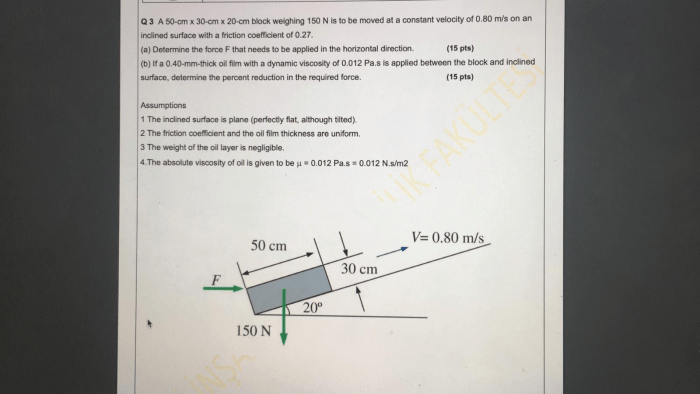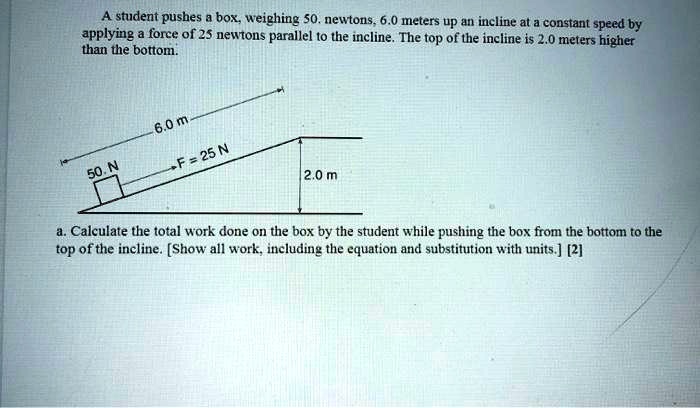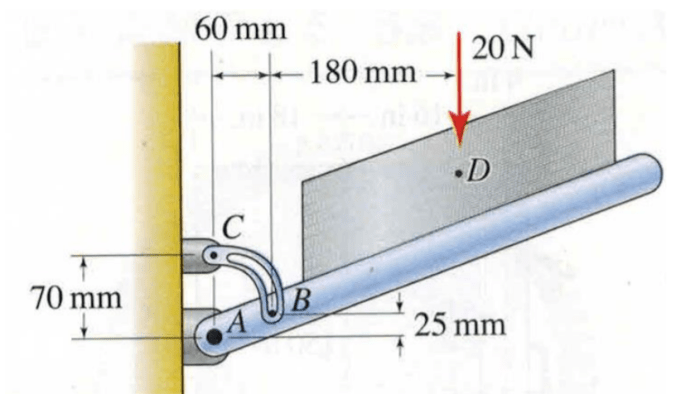A rubber block weighing 60 newtons is a versatile material with a wide range of applications in various industries. Its unique properties, such as elasticity, resilience, and resistance to wear and tear, make it an ideal choice for various engineering and manufacturing processes.
In this comprehensive guide, we will explore the physical characteristics, manufacturing process, applications, safety precautions, and environmental impact of a rubber block weighing 60 newtons. We will also provide answers to frequently asked questions to provide a well-rounded understanding of this material.
Characteristics of a Rubber Block Weighing 60 Newtons

A rubber block weighing 60 newtons exhibits unique physical properties that distinguish it from other materials. Its mass, density, and elasticity are all interconnected, influencing its behavior and applications.
Mass and Weight
Mass is a measure of the amount of matter in an object, while weight is the force exerted on an object due to gravity. For a rubber block weighing 60 newtons, its mass remains constant regardless of its location, but its weight can vary depending on the gravitational force acting upon it.
Density
Density is defined as the mass per unit volume of a substance. The density of a rubber block is influenced by its composition, temperature, and the presence of any additives or impurities. Natural rubber has a density of approximately 920 kg/m 3, while synthetic rubber can have a density ranging from 500 to 1200 kg/m 3.
Elasticity
Rubber blocks are known for their high elasticity, which allows them to deform under stress and return to their original shape upon release. This property is due to the molecular structure of rubber, which consists of long, chain-like molecules that can stretch and recoil.
Applications of a Rubber Block Weighing 60 Newtons

The unique properties of a rubber block weighing 60 newtons make it suitable for a wide range of industrial and commercial applications.
Vibration Isolation
Rubber blocks are commonly used for vibration isolation in machinery and equipment. Their ability to absorb and dissipate vibrations effectively reduces noise and protects sensitive components from damage.
Shock Absorption
The high elasticity of rubber blocks makes them ideal for shock absorption applications. They are used in sports equipment, protective gear, and impact-resistant surfaces to minimize the impact of sudden forces.
Sealing and Gasketing, A rubber block weighing 60 newtons
Rubber blocks are also used in sealing and gasketing applications due to their ability to form a tight seal against various surfaces. They are commonly found in plumbing fixtures, automotive parts, and industrial equipment.
Manufacturing Process of a Rubber Block Weighing 60 Newtons

The manufacturing process of a rubber block weighing 60 newtons typically involves several steps:
Raw Material Preparation
The first step involves preparing the raw materials, which include natural or synthetic rubber, fillers, and additives. The rubber is cut into small pieces and mixed with the other ingredients to create a homogeneous compound.
Mixing and Compounding
The rubber compound is then mixed thoroughly using a Banbury mixer or an internal mixer. This process ensures uniform distribution of all ingredients and activates the vulcanization process.
Vulcanization
Vulcanization is a chemical process that cross-links the rubber molecules, forming a strong and durable material. This process is typically achieved by heating the rubber compound in the presence of a vulcanizing agent, such as sulfur.
Molding and Curing
The vulcanized rubber compound is then placed into a mold and subjected to heat and pressure. This process shapes the rubber into the desired form and completes the curing process.
Quality Control
Throughout the manufacturing process, rigorous quality control measures are implemented to ensure that the rubber block meets the required specifications. This includes testing for physical properties, such as hardness, tensile strength, and elongation.
Questions Often Asked
What is the density of a rubber block weighing 60 newtons?
The density of a rubber block weighing 60 newtons depends on the type of rubber used and the manufacturing process. Typically, the density of natural rubber ranges from 900 to 1100 kg/m³, while synthetic rubber can have a density ranging from 500 to 1500 kg/m³.
What are the safety precautions for handling a rubber block weighing 60 newtons?
When handling a rubber block weighing 60 newtons, it is important to wear appropriate safety gear, such as gloves and safety glasses, to protect against potential cuts or abrasions. Additionally, it is crucial to avoid contact with open flames or high temperatures, as rubber can be flammable.
How is a rubber block weighing 60 newtons manufactured?
The manufacturing process of a rubber block weighing 60 newtons involves mixing raw rubber with various additives and chemicals, followed by vulcanization, a process that cures and strengthens the rubber. The mixture is then molded into the desired shape and size and subjected to quality control measures to ensure its integrity.